 About This Trip
About This Trip
The Mohare Danda Trek represents a perfect combination of accessibility, authenticity, and natural splendor, offering what many experienced guides consider an ideal introduction to the magic of Himalayan trekking. What makes this trek exceptional is its ability to deliver magnificent mountain experiences and genuine cultural encounters while remaining manageable for most reasonably fit travelers, all within a framework of community-based tourism that directly benefits local people.
The trek follows a thoughtfully designed route that begins from either Galeshwor or Banskharka, ascending gradually through changing landscapes to reach the spectacular viewpoint of Mohare Danda, before descending via a different path to create a loop experience rather than a simple out-and-back journey. This circular approach maximizes the diversity of environments and communities encountered while avoiding repetition, creating a sense of continuous discovery throughout the trek.
The cultural dimension of this trek is particularly special. Villages along the route participate in a carefully developed community tourism initiative that maintains authentic local character while improving living standards through sustainable tourism revenue. Trekkers stay in locally-owned lodges where profits are channeled directly into community development projects ranging from education and healthcare to trail maintenance and conservation. This model creates a form of tourism where visitors become participants in sustainable development rather than mere observers of local culture.
Physically, the trek presents a satisfying challenge without extreme demands. Daily hiking segments generally range from 4-6 hours with significant elevation gains that reward effort with increasingly expansive views. The maximum altitude of 3,300m at Mohare Danda is high enough to provide spectacular mountain panoramas but remains below the threshold where serious altitude sickness becomes a significant concern, eliminating the need for complex acclimatization strategies required on higher treks.
Perhaps most distinctively, the Mohare Danda trek offers what many consider the perfect balance between genuine wilderness experience and basic comfort. The community lodges provide simple but adequate accommodations with proper beds, hearty meals prepared from local organic produce, and authentic hospitality, all while maintaining a genuine mountain atmosphere far removed from the relative commercialization of more popular routes. This balance creates a journey that feels like a meaningful adventure without unnecessary hardship.
This combination of accessible beauty, cultural authenticity, community benefits, and relative solitude creates what many experienced Nepal guides describe as the ideal short trek for those seeking the true essence of the Himalayan experience rather than simply checking off famous name destinations.
The Mohare Danda Trek represents a perfect combination of accessibility, authenticity, and natural splendor, offering what many experienced guides consider an ideal introduction to the magic of Himalayan trekking. What makes this trek exceptional is its ability to deliver magnificent mountain experiences and genuine cultural encounters while remaining manageable for most reasonably fit travelers, all within a framework of community-based tourism that directly benefits local people.
The trek follows a thoughtfully designed route that begins from either Galeshwor or Banskharka, ascending gradually through changing landscapes to reach the spectacular viewpoint of Mohare Danda, before descending via a different path to create a loop experience rather than a simple out-and-back journey. This circular approach maximizes the diversity of environments and communities encountered while avoiding repetition, creating a sense of continuous discovery throughout the trek.
The cultural dimension of this trek is particularly special. Villages along the route participate in a carefully developed community tourism initiative that maintains authentic local character while improving living standards through sustainable tourism revenue. Trekkers stay in locally-owned lodges where profits are channeled directly into community development projects ranging from education and healthcare to trail maintenance and conservation. This model creates a form of tourism where visitors become participants in sustainable development rather than mere observers of local culture.
Physically, the trek presents a satisfying challenge without extreme demands. Daily hiking segments generally range from 4-6 hours with significant elevation gains that reward effort with increasingly expansive views. The maximum altitude of 3,300m at Mohare Danda is high enough to provide spectacular mountain panoramas but remains below the threshold where serious altitude sickness becomes a significant concern, eliminating the need for complex acclimatization strategies required on higher treks.
Perhaps most distinctively, the Mohare Danda trek offers what many consider the perfect balance between genuine wilderness experience and basic comfort. The community lodges provide simple but adequate accommodations with proper beds, hearty meals prepared from local organic produce, and authentic hospitality, all while maintaining a genuine mountain atmosphere far removed from the relative commercialization of more popular routes. This balance creates a journey that feels like a meaningful adventure without unnecessary hardship.
This combination of accessible beauty, cultural authenticity, community benefits, and relative solitude creates what many experienced Nepal guides describe as the ideal short trek for those seeking the true essence of the Himalayan experience rather than simply checking off famous name destinations.

From $0
Price Varies from Group Size
Success
Here goes about why the success toast occurred.
 Itinerary
Itinerary
Arrival in Kathmandu (1,400m)
Kathmandu to Pokhara (820m)
Pokhara to Galeshwor to Banskharka (1,526m)
Banskharka to Nangi (2,300m)
Nangi to Mohare Danda (3,300m)
Mohare Danda to Deurali (2,100m)
Deurali to Tikot to Pokhara
Pokhara
Pokhara to Kathmandu
Departure from Kathmandu
 Services
Services
Includes
- Specialized bilingual guide familiar with the Mohare Danda region
- Private Transport where applicable
- Tourist bus/flight between Kathmandu and Pokhara
- Daily meals on the trek: breakfast, lunch, and dinner
- Services of an experienced guide and porter during the trek
- All essential trekking permits
- Accommodation throughout the trek (community lodges)
Excludes
- Additional accommodation due to personal preference or early completion
- Comprehensive travel and medical insurance for the trek
- Gratuities for the guides, porters, and trekking support staff
- International flights and entry visa fees for Nepal
- Personal trekking equipment and gear (sleeping bags, jackets, etc.)
- Extra food and drinks beyond the standard meals provided
- Hot showers and battery charging at lodges (pay per use)
- Activities in Pokhara (boating, paragliding, etc.)
 Good To Know
Good To Know
This trek requires reasonable fitness for daily ascents but is achievable for most active people. Community lodges are simple but clean, focusing on sustainability rather than luxury; bring a quality sleeping bag for additional comfort. Pack layers for temperatures ranging from warm days to cool nights, especially at Mohare Danda. WiFi is available at certain lodges, particularly in Nangi which pioneered rural internet access in Nepal. Solar charging facilities exist but may have limited capacity; consider bringing a power bank. The entire trek supports local community development, with portions of your payment directly funding education, healthcare, and conservation. Water purification tablets or filters are recommended as bottled water is not available at higher elevations. Most lodges serve organic, locally-grown food as part of their sustainability initiatives. Bringing small educational materials as gifts for village schools is appreciated but not expected.
Wildlife Encounters
- Various pheasant species including the colorful Danphe (Nepal's national bird)
- Himalayan langur monkeys in forested sections
- Barking deer in early mornings
- Eagles and kestrels hunting over ridges
- Colorful butterflies, particularly during spring and summer
- Numerous small bird species in forests
- Various reptiles in lower altitude sections
- Small mammals like marmots in higher areas
- Wild roses and numerous wildflower species in season
- Medicinal plants traditionally used by local communities
 Reviews
Reviews
 FAQs (Frequently Asked Questions)
FAQs (Frequently Asked Questions)
Your queries are answered.
What are community lodges like?
Simple but clean accommodations owned and operated by local villages. Profits support education, healthcare, and conservation. Basic private rooms with shared facilities and locally-sourced meals.
Best time to visit?
October-November (clearest views) or March-April (rhododendron blooms). Possible year-round but monsoon (June-September) brings leeches and cloudy views.
How difficult is the trek?
Moderate difficulty with 4-6 hour daily hikes and significant climbs. Suitable for reasonably fit beginners. Maximum altitude (3,300m) low enough to minimize altitude sickness.
Do I need a guide?
Highly recommended to support the community tourism model and for navigation. Guides enhance the experience by explaining development initiatives and facilitating cultural interactions.
What permits are needed?
Only a TIMS card (approximately $10), obtainable through trekking agencies or in Kathmandu/Pokhara.
How is this different from Poon Hill?
Similar mountain views but significantly fewer trekkers, community-based rather than commercial teahouses, and emphasis on sustainable development projects.
Is WiFi available?
Yes, particularly in Nangi village which pioneered rural internet access in Nepal. Connection quality varies but is surprisingly available in most community lodges.
Extra budget needed?
Approximately $8-12 daily for battery charging, additional snacks/drinks, and optional hot showers where available.
Can families with children do this trek?
Suitable for active families with children 10+ years old. Communities are particularly welcoming to children, creating educational cultural exchanges.
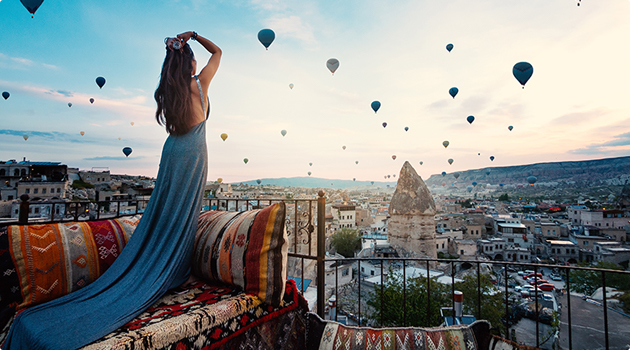



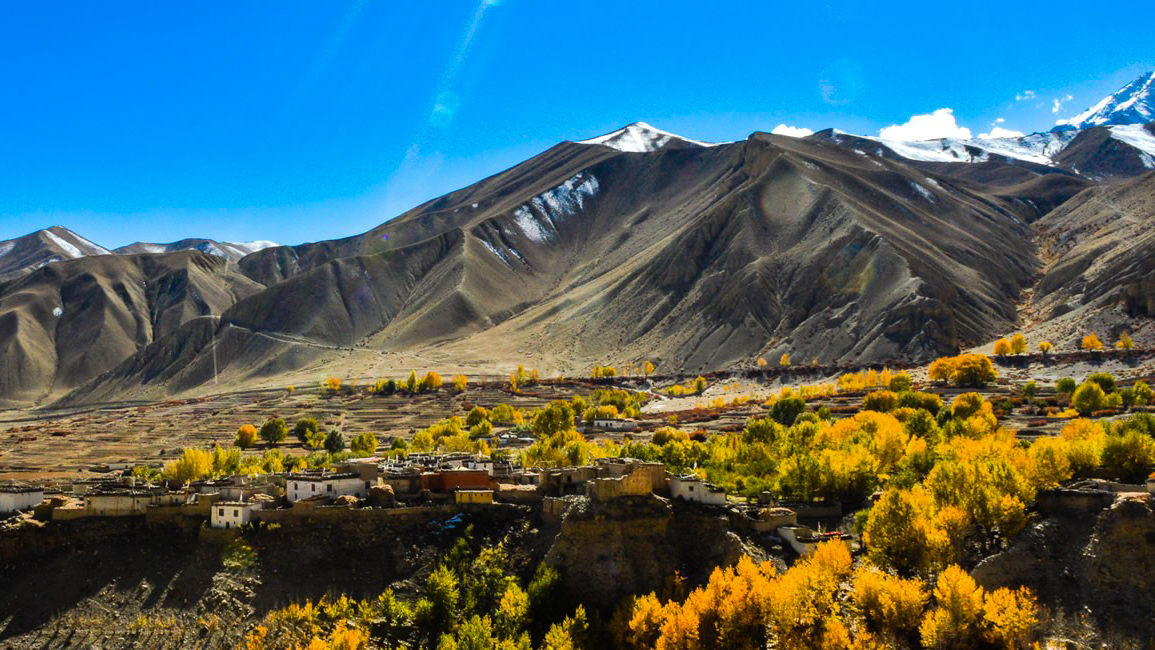
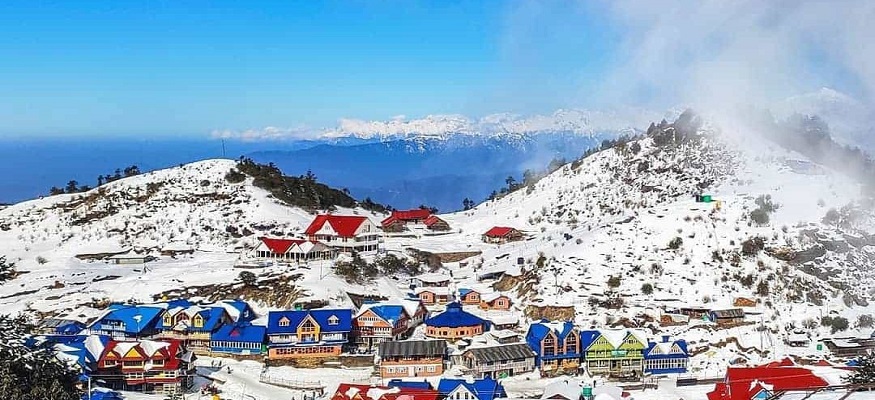

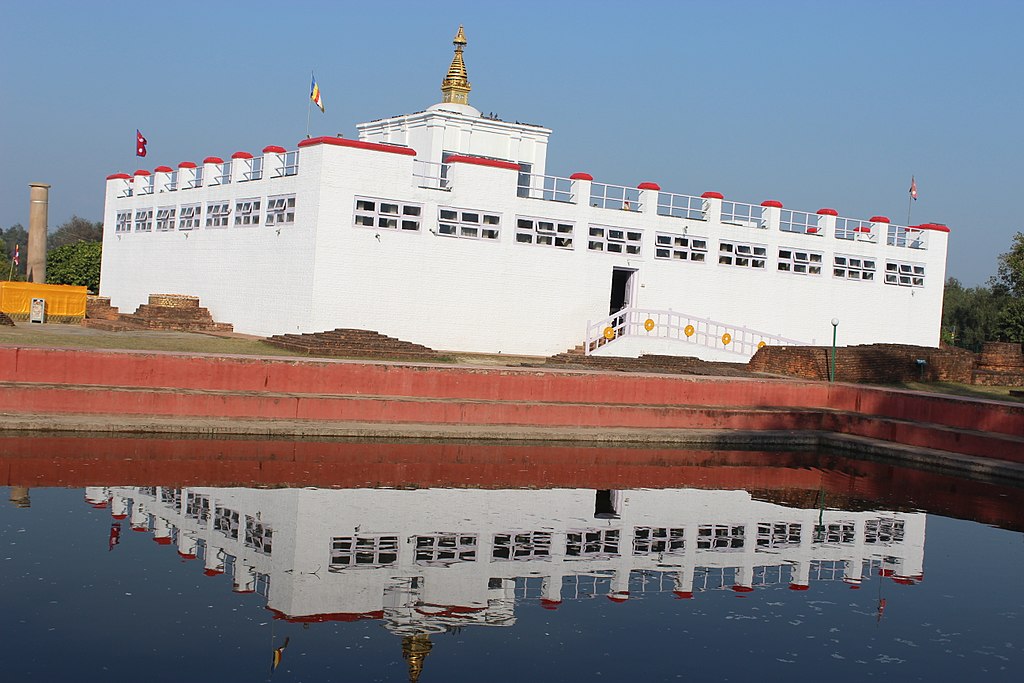

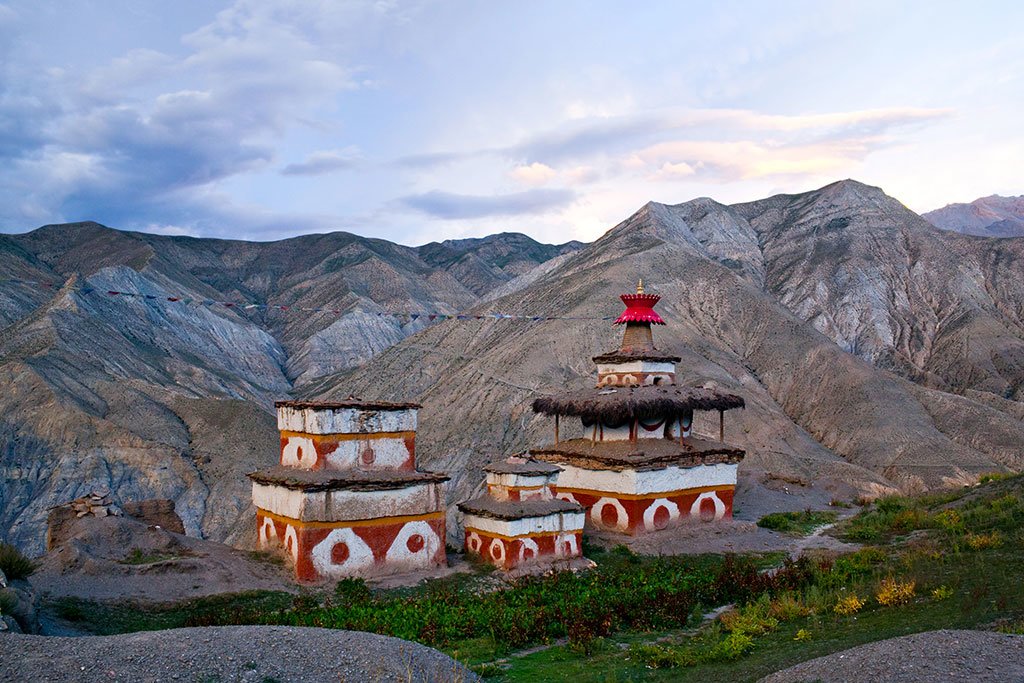

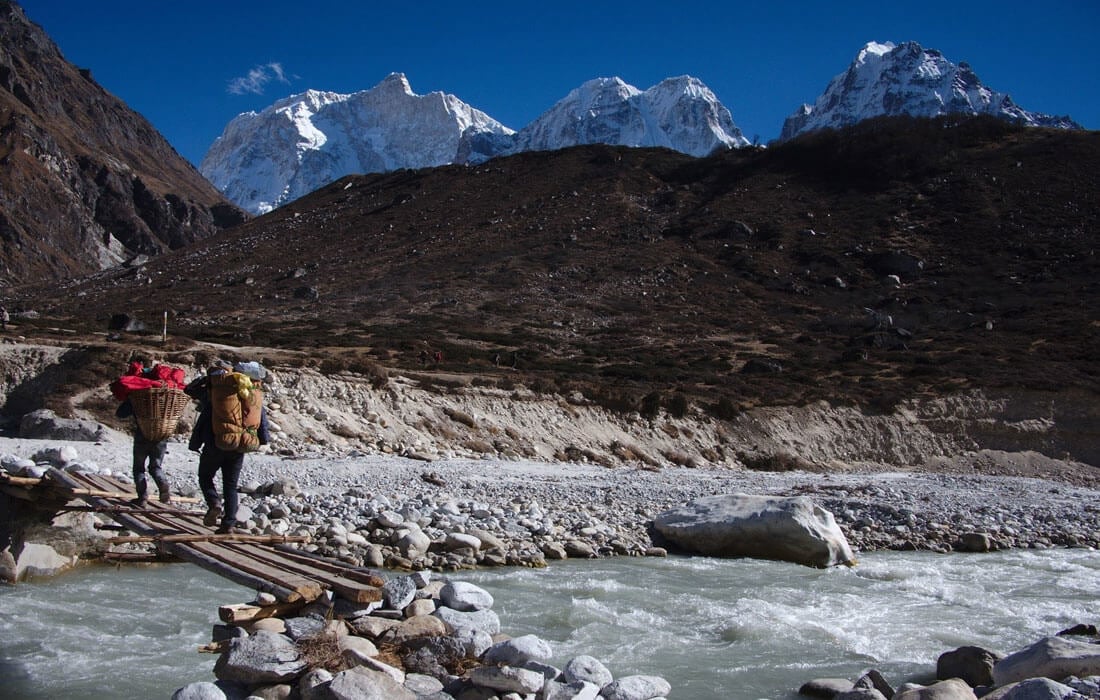









 Khopra Danda Trek
Khopra Danda Trek

